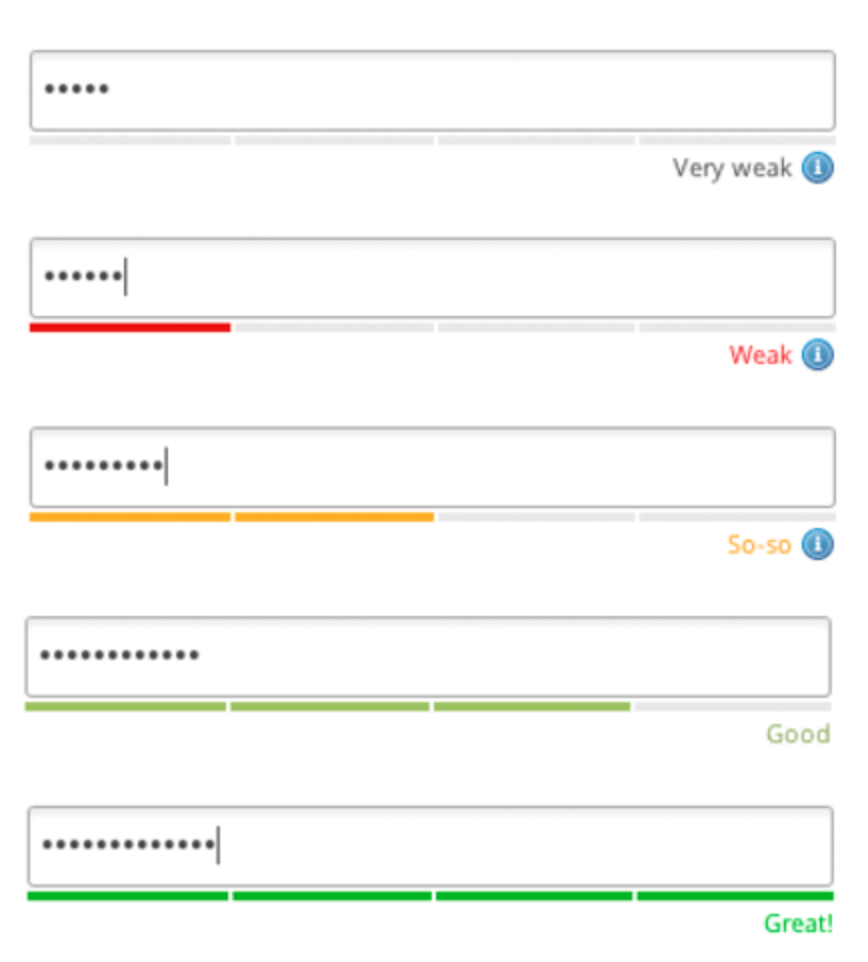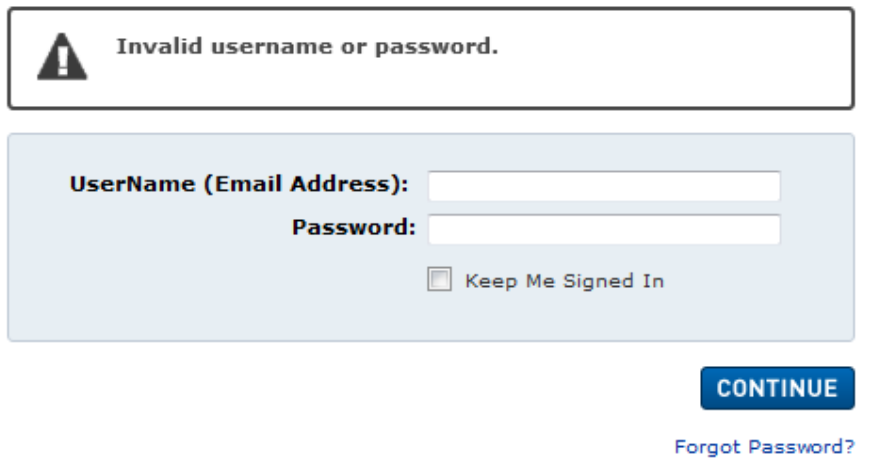Seven Signs You Need a Password Manager
Table of Contents
Are your employees helping to keep company data protected and secure?
Unfortunately, data breach fatigue has become so common in the past 15 years, that most consumers and employees do not even react to news of a data breach. This means that employees often aren’t doing what they could to keep the privacy of their business intact.
With over 80 percent of data breaches arising from password issues, investing in a password manager, like TeamPassword, can ensure that passwords are protected.
7 Signs You Need a Password Manager
If you’re trying to figure out whether a password manager is worth the investment (hint: it is!), here are seven signs you definitely do.
1. You have poor password hygiene
Do you use the same password for every single log-in? Does your password contain personally identifiable information such as your birthday or child’s name? Are you frequently told that your password strength is very weak or even so-so?
If you answered yes to any of these questions, your password hygiene could definitely use some freshening up! Most password managers have password generators that will create random, secure and unique passwords for you. With a good password generator, you can say goodbye to weak passwords forever.
2. You experience password fatigue
The average email address has nearly 130 online accounts assigned to it. No one can possibly remember that many passwords and most people are too tired to even attempt it. This cognitive overload is what leads to poor password hygiene in the first place!
If only there was a single location for all of your passwords — like a password manager.
3. You waste time everyday actually typing out your password
In our recap of Ponemon’s State of Password Security, we underscored one of their key findings: managing passwords (as employees) is costly. The average respondent spends about 12 minutes per week entering and/or resetting passwords. For organizations with 15,000 employees, this translates to an average cost of $5.2 million per year in lost productivity and still produces significant sums that most small businesses can’t afford.
Password managers make accessing passwords exceptionally easy using browser extensions other mechanisms that allow you to automatically fill login credentials in just a few clicks.
4. You are tired of seeing the incorrect/invalid password notice
No one likes red text or hazard signs. They often signal danger and/or that you’ve done something wrong — two things we would prefer to avoid in life. The pains of forgetting a password, or even worse, resetting your password yet again, is also something we try to avoid.
Avoid these frustrating notices by keeping all your secure information in one place.
5. You have to ask a coworker for a password
Are you Slacking a coworker to ask for login credentials and pinning it to the conversation for future reference? Or are you emailing somebody to ask for a shared password? Maybe you’re the one being asked and you have to change your passwords every time after you lend them out.
This not only costs you time during your work day, it also slows down your co-worker’s productivity. More importantly, this type of sharing (especially over email) puts your business in an extremely vulnerable position when distributing information as sensitive as passwords.
6. There’s a shared company document/spreadsheet with shared passwords
While this scrappy method may have been the most efficient way to centralize your team’s passwords in the past, it can leave your company vulnerable. If the shared settings are accidentally misconfigured or someone’s individual account is hacked, all of your passwords are in one visible and easily downloadable place for the attacker. Keep in mind that not every employee needs access to the same passwords. These types of files don’t lend themselves very well to that level of customization.
That’s why it’s important to make sure that your password management solution utilizes two-factor authentication and advanced grouping and sharing capabilities.
7. You save passwords in your browser
Everyone is responsible for managing their own saved passwords and can save time logging into their most frequented sites. Another resourceful workaround that seems like a low-cost solution for small teams, right? Unfortunately, no.
- This only works if you only work on one device. Logging onto a phone or tablet or your personal laptop? You’ll be back at sign 4.
- If your computer is stolen, the thief will be able to login to any site where you have saved passwords turned on.
- Leaving employees to their own devices when it comes to password management often replicates signs 1-6.
Next steps
Did any of these signs sound familiar? Perhaps even painfully familiar? Dealing with any of these password headaches can be a cost to your company’s budget, productivity, and most importantly, security.
TeamPassword is here to support and relieve you from these types of concerns. A simple, secure password manager, designed from the ground up with ease-of-use and collaboration in mind can protect your company from data breaches and your employees from password fatigue.
Get TeamPassword today! Try our free 14-day trial.

